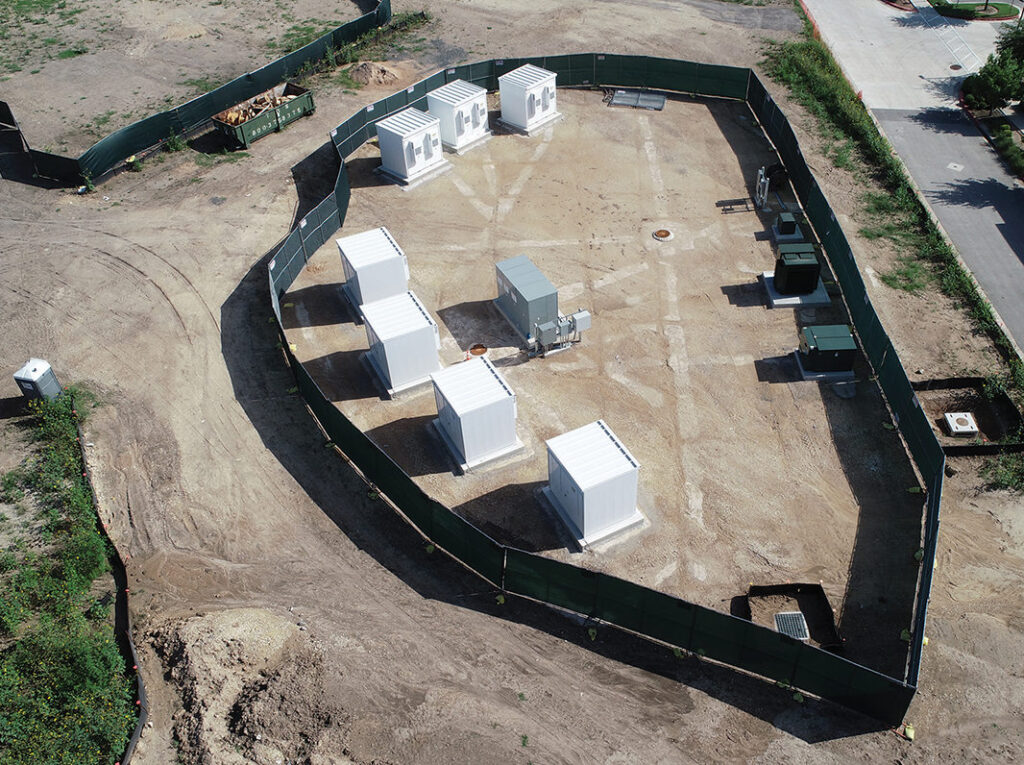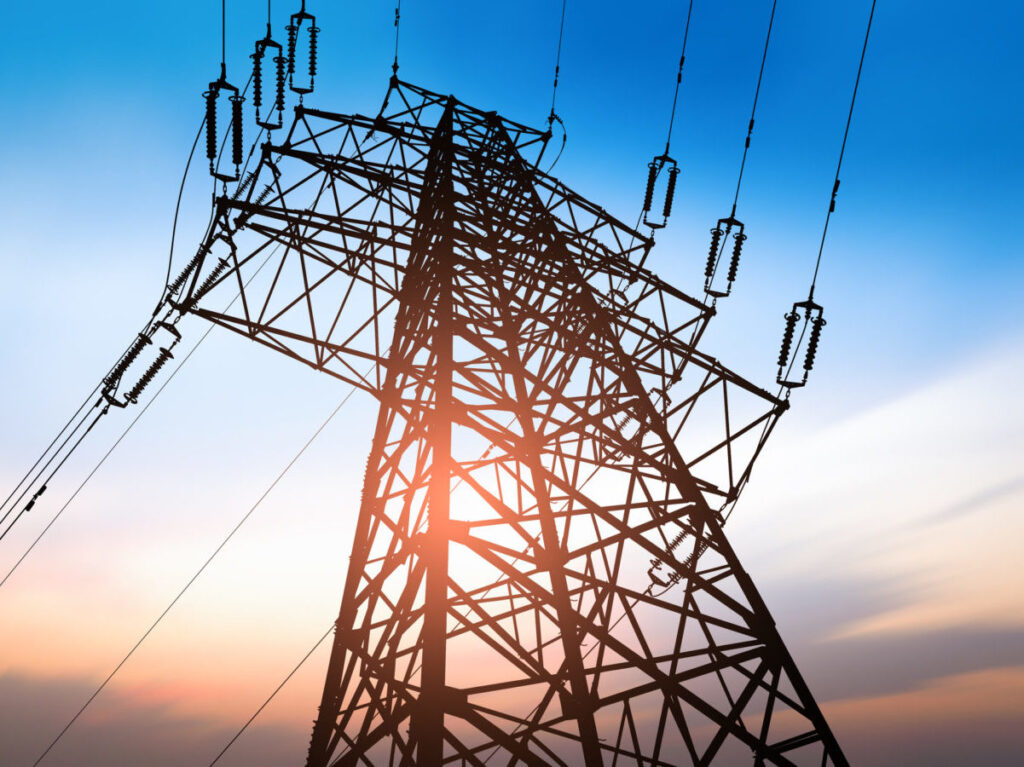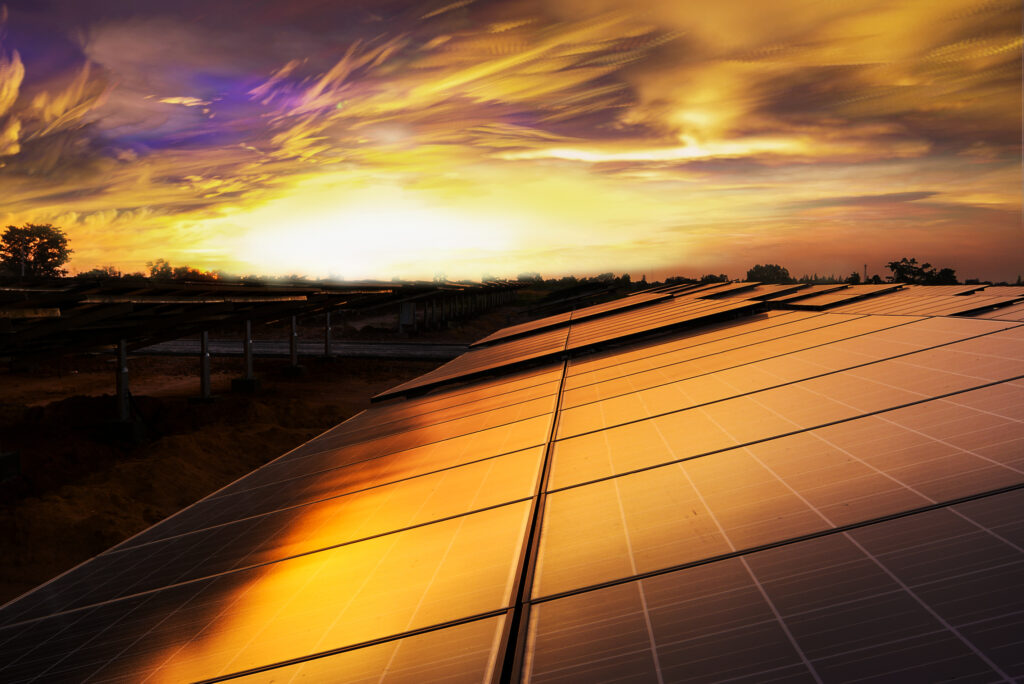New Research to Explore Potential for Utility-Scale Carbon Capture from Natural Gas Power Plants
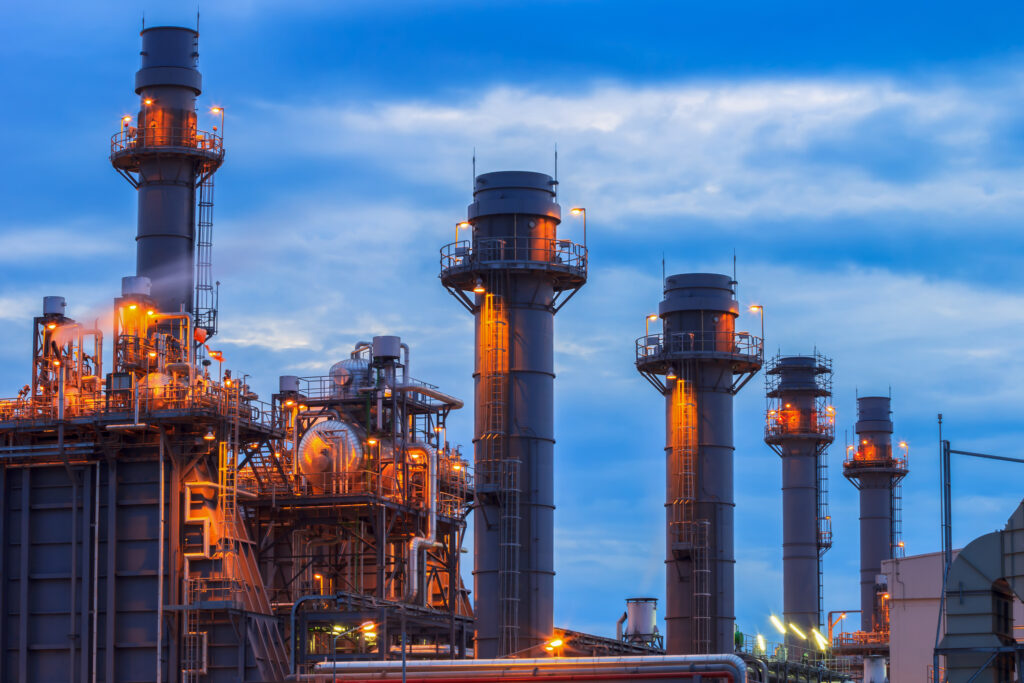
Trailblazing project will evaluate the feasibility and cost of deploying the University of Kentucky’s carbon-capture technology at LG&E and KU’s natural gas combined cycle (NGCC) facility located at Cane Run Generating Station in Louisville, Kentucky
A new research project aimed at developing carbon capture technology for natural gas power plants has begun in Kentucky.
The project is a joint effort between PPL Corporation subsidiaries Louisville Gas and Electric Company (LG&E) and Kentucky Utilities Company (KU), Electric Power Research Institute (EPRI), the University of Kentucky, the University of Michigan, and Bechtel engineering, construction and project management company.
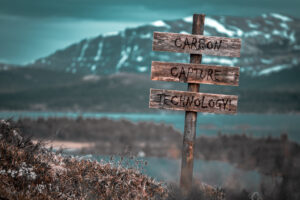
The primary funding for the project comes from a $5.8 million grant from the Department of Energy (DOE) in 2022. The project, which requires a front-end engineering design study (FEED), will evaluate the feasibility and cost to implement the University of Kentucky’s carbon-capture technology at LG&E and KU’s natural gas combined cycle (NGCC) facility located at Cane Run Generating Station in Louisville, Kentucky. The NGCC facility, known as CR7, has been in operation since 2015 and is one of only two NGCCs in the country awarded DOE research funding. The study will assess the viability of capturing at least 95% of carbon dioxide from gases exiting the unit’s stacks.
“Demonstrating emerging technology at scale is a critical step in the journey from concept to commercialization,” said Neva Espinoza, vice president, Energy Supply and Low-Carbon Resources at EPRI. “This foundational research has the potential to shed new light on the potential for carbon capture technology in Kentucky and help inform clean energy development around the world.”
The project aims to develop a full-scale, 10-to-20-MW carbon capture sequestration pilot unit at Cane Run. CR7 is representative of NGCC power plants in the Midwest and Midsouth where geographical storage for carbon dioxide is limited. The results of the CR7 project are expected to yield valuable information relevant to retrofitting a carbon-capture process on other NGCC units.
“This research will ultimately enable us to complete all of the assessments needed, scale up our existing carbon capture technology and move to a fully-functioning, utility-scale operation that would be able to sell the carbon captured to one or more local businesses for their needs, or permanently store it underground” said Kunlei Liu, Associate Professor in the Department of Mechanical and Aerospace Engineering at University of Kentucky.
This research aims to enable assessments needed to scale up the existing carbon capture technology and move to a fully-functioning, utility-scale operation that could sell the captured carbon to one or more local businesses for their needs or permanently store it underground.
The FEED study will take place from now through mid-2024 and involves pre-FEED research by the University of Kentucky (project scope and design), Bechtel (the FEED), EPRI (commercial, environmental, and economic assessments), and the University of Michigan (life-cycle assessment.) The award for the study is the largest won by LG&E and KU since 2011 when the same team won an award for a carbon capture pilot at the utilities’ E.W. Brown Generating Station.


